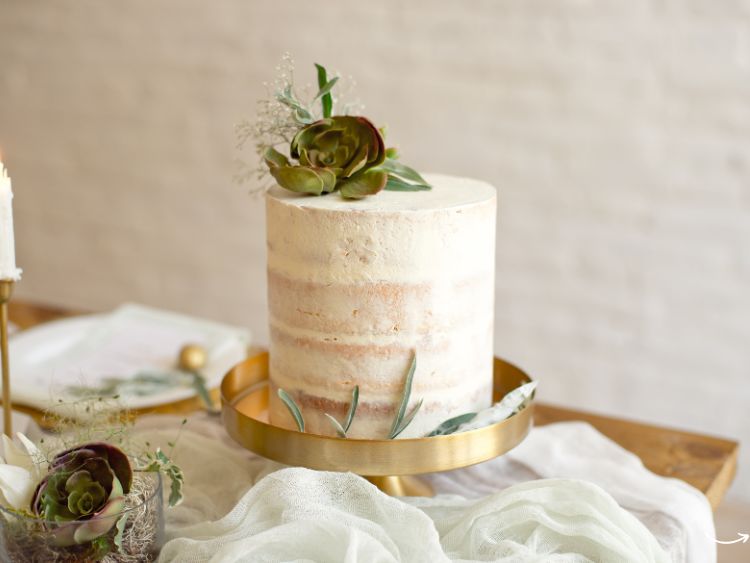Have you ever heard of “wedding cake pool steps”? If not, get ready to dive into the delightful world of these uniquely designed pool steps that resemble a wedding cake. These steps are not only aesthetically pleasing but also provide a practical and elegant solution for pool entry and exit. Whether you’re looking to add a touch of sophistication to your backyard pool or seeking a safer way for kids and elderly family members to enjoy the water, wedding cake pool steps might be just what you need. Let’s explore everything you need to know about these innovative pool additions, from their benefits and installation to maintenance tips and frequently asked questions.
What Are Wedding Cake Pool Steps?
Wedding cake pool steps, also known as wedding cake pool stairs, are semi-circular steps that gradually descend into the pool, mimicking the tiered layers of a traditional wedding cake. These steps are typically made from durable materials like resin or plastic and can be either built-in or free-standing. They offer a stylish and convenient way to enter and exit the pool, enhancing both safety and aesthetics.
Benefits of Wedding Cake Pool Steps
- Elegant Design: The wedding cake design adds a touch of elegance and sophistication to any pool area.
- Safety: These steps provide a gradual entry, making it safer for children, elderly individuals, and those with mobility issues.
- Comfort: The wide, flat steps offer a comfortable place to sit and relax in the water.
- Durability: Made from high-quality materials, wedding cake pool steps are built to withstand the elements and last for years.
- Versatility: They can be used in both in-ground and above-ground pools.
How to Choose the Right Wedding Cake Pool Steps
When selecting wedding cake pool steps, consider the following factors to ensure you choose the best option for your pool:
Material
Wedding cake pool steps are commonly made from resin, plastic, or fiberglass. Resin and plastic steps are lightweight and resistant to corrosion, while fiberglass steps offer superior strength and durability.
Size
The size of the steps should be compatible with your pool’s dimensions. Measure the width and depth of your pool to determine the appropriate step size. Ensure there’s enough space for the steps to fit comfortably without obstructing the swimming area.
Weight Capacity
Check the weight capacity of the steps to ensure they can support the combined weight of multiple users. This is especially important if you have a large family or frequently host pool parties.
Color
Choose a color that complements your pool’s design and surroundings. White and blue are popular choices, but some manufacturers offer customizable options to match your personal style.
Installation
Consider whether you want built-in steps or free-standing ones. Built-in steps are more permanent and require professional installation, while free-standing steps are portable and can be installed with minimal effort.
Installation Guide for Wedding Cake Pool Steps
Installing wedding cake pool steps can be a straightforward process if you follow these steps:
1. Gather Your Tools
You’ll need a few basic tools and supplies, including a screwdriver, wrench, and sandbags or weights to anchor the steps.
2. Position the Steps
Place the steps in the desired location inside the pool. Ensure they are level and properly aligned with the pool’s edge.
3. Secure the Steps
If the steps come with anchoring brackets, use the screwdriver and wrench to secure them in place. For free-standing steps, fill the sandbags or weights and place them inside the steps to keep them stable.
4. Check for Stability
Ensure the steps are securely anchored and do not wobble. Test them by stepping on each tier to confirm stability.
Maintenance Tips for Wedding Cake Pool Steps
Proper maintenance will extend the life of your wedding cake pool steps and keep them looking great:
Regular Cleaning
Clean the steps regularly to prevent algae buildup and maintain their appearance. Use a mild detergent and a soft brush to scrub the surfaces, and rinse thoroughly with water.
Inspect for Damage
Periodically inspect the steps for cracks, chips, or other damage. Promptly repair any issues to prevent further deterioration.
Check Anchors
Ensure the anchoring system remains secure. If using sandbags or weights, check them periodically to ensure they haven’t shifted or become waterlogged.
Store During Off-Season
If you live in an area with harsh winters, consider removing the steps during the off-season to protect them from freezing temperatures and snow.
Frequently Asked Questions (FAQs)
What Are Wedding Cake Pool Steps?
Wedding cake pool steps are semi-circular, tiered steps that resemble a wedding cake, providing an elegant and safe way to enter and exit a pool.
Can I Install Wedding Cake Pool Steps Myself?
Yes, many wedding cake pool steps are designed for easy DIY installation. However, built-in steps may require professional installation.
Are Wedding Cake Pool Steps Suitable for Above-Ground Pools?
Absolutely! Wedding cake pool steps can be used in both in-ground and above-ground pools, offering a versatile entry solution.
How Do I Clean My Wedding Cake Pool Steps?
Clean the steps regularly with a mild detergent and a soft brush, then rinse thoroughly with water to prevent algae buildup and maintain their appearance.
What Is the Weight Capacity of Wedding Cake Pool Steps?
The weight capacity varies by model, so check the manufacturer’s specifications. Ensure the steps can support the combined weight of multiple users.
Do Wedding Cake Pool Steps Require Anchoring?
Yes, most wedding cake pool steps require anchoring to remain stable. This can be done using built-in brackets, sandbags, or weights.
Summary
Wedding cake pool steps offer a stylish, safe, and comfortable way to enhance your pool experience. With their elegant design and practical benefits, these steps are an excellent addition to any pool. By following the guidelines for choosing, installing, and maintaining your wedding cake pool steps, you can enjoy their beauty and functionality for years to come.
For more information on pool accessories and maintenance, check out these authoritative resources:
